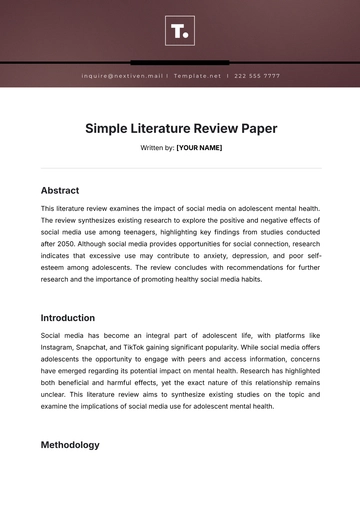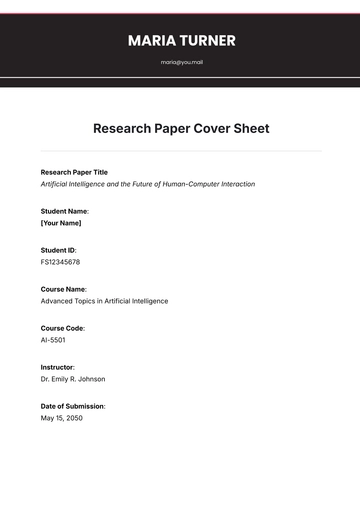Stable Diffusion White Paper
I. Introduction
In the era of rapid technological advancements and evolving market landscapes, the concept of stable diffusion emerges as a crucial aspect for [Your Company Name]'s sustained growth and competitive edge. This white paper aims to elucidate the significance of stable diffusion, its principles, and practical strategies for implementation.

II. Understanding Stable Diffusion
Stable diffusion encapsulates the process of seamlessly integrating innovative technologies or methodologies into existing frameworks to ensure sustainable and scalable growth. It fosters a conducive environment for [Your Company Name] to adapt to market dynamics while maintaining operational stability and efficiency.
III. Key Components of Stable Diffusion
Component | Description |
|---|
A. Innovation Assessment | 1. Evaluation of Technological Advancements: Conduct a thorough analysis of emerging technologies relevant to [Your Industry] to identify potential avenues for integration. 2. Assessment of Organizational Readiness: Gauge the preparedness of [Your Company Name] in terms of infrastructure, resources, and workforce capabilities to adopt and implement innovations. |
B. Strategic Planning | 1. Identification of Strategic Objectives: Define clear objectives aligned with [Your Company Name]'s long-term vision and goals. 2. Development of Implementation Roadmap: Formulate a comprehensive plan delineating the steps involved in the adoption and diffusion of innovative solutions. |
C. Stakeholder Engagement | 1. Internal Alignment: Foster collaboration and communication across departments to ensure a unified approach towards innovation adoption. 2. External Collaboration: Forge strategic partnerships with external stakeholders such as suppliers, customers, and industry experts to leverage collective insights and resources. |
D. Risk Mitigation | 1. Identification of Potential Risks: Anticipate and assess the risks associated with innovation adoption, including technological, financial, and operational risks. 2. Implementation of Risk Management Strategies: Develop proactive measures to mitigate identified risks and ensure a smooth transition during the diffusion process. |
IV. Implementation Strategies
A. Pilot Testing
Selection of Pilot Projects: Choose suitable projects or initiatives for initial implementation to test the feasibility and efficacy of innovative solutions.
Monitoring and Evaluation: Continuously monitor the progress of pilot projects and gather feedback to identify areas for improvement and refinement.
B. Scalability
Scalability Assessment: Assess the scalability potential of adopted innovations to accommodate future growth and expansion.
Scaling Strategies: Develop scalable frameworks and processes to facilitate seamless integration and expansion of innovative solutions across [Your Company Name].
C. Continuous Improvement
Feedback Mechanisms: Establish mechanisms for collecting feedback from stakeholders to drive continuous improvement and refinement of adopted innovations.
Iterative Approach: Embrace an iterative approach towards innovation adoption, where learnings from previous implementations inform subsequent iterations and enhancements.
V. Conclusion
In conclusion, stable diffusion serves as a cornerstone for [Your Company Name]'s ability to thrive in a dynamic and competitive business environment. By adopting a strategic and systematic approach towards innovation adoption, [Your Company Name] can navigate market uncertainties with agility and resilience, ensuring sustained growth and success in the long run.
Contact Information:
For further inquiries or collaboration opportunities, please contact:
[Your Name]
[Your Position]
[Your Department]
[Your Company Name]
[Your Company Email]
[Your Company Number]
White Paper Templates @ Template.net































